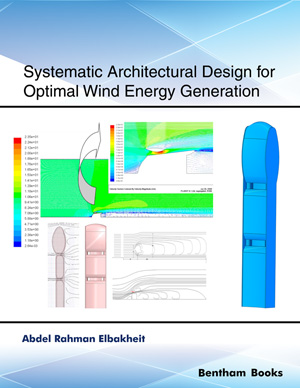Abstract
Cationic polymers have been the subject of growing research interest in recent decades with new applications constantly appearing. They exhibit attractive physicochemical properties derived from the flexibility of the polymer chain, the formation of H-bonds, amphiphilic and electrostatic interactions as well as a great potential for being modified to obtain polymeric species for new applications. Furthermore, the different polymer architectures that are available include linear, branched and dendrimeric. According to their origin, cationic polymers can be classified in two general groups: natural or synthetic. Natural cationic polymers are interesting for therapeutic applications because they have generally a very good biocompatibility. Improvement in synthetic methods allows the preparation of cationic polymers with precise control of their properties and changes, such as the molecular weight distribution, polarity and the degradability of the chains if necessary. The reports describing antimicrobial, antioxidant, anti-tumoral and anti-inflammatory properties of cationic polymers have grown exponentially during the last years. Most of them also show interesting changes in their behaviors produced in response to stimuli such as pH and ionic strength. All these features make them even more promising for new biotechnological purposes. The wide range of uses of cationic polymers extends from industrial processes to a great variety of therapeutic, biomedical and pharmaceutical claims. In this chapter, we summarize the main properties and biotechnological applications of cationic polymers.
Keywords: Antimicrobial activity, cationic cellulose, cheese-making, chitosan, drugdelivery, Eudragit, hydrogels, immunomodulation, virus inactivation, wound healing.












